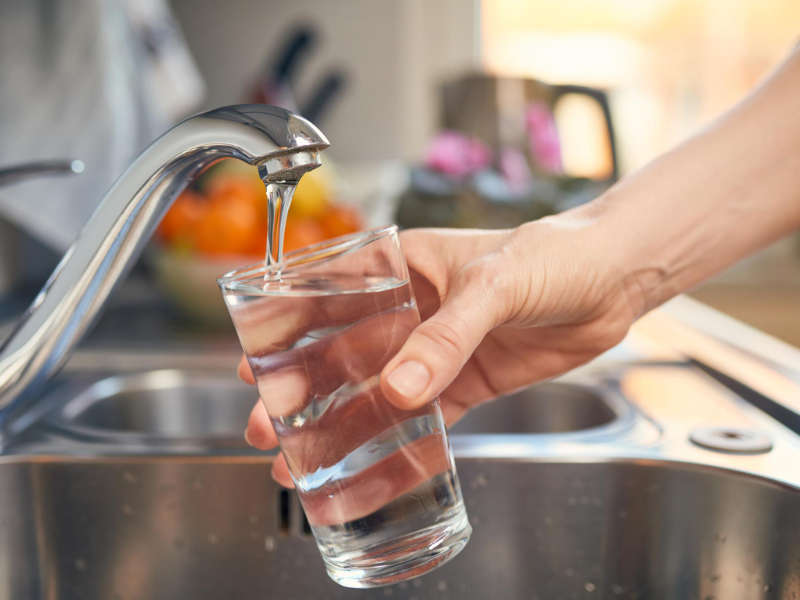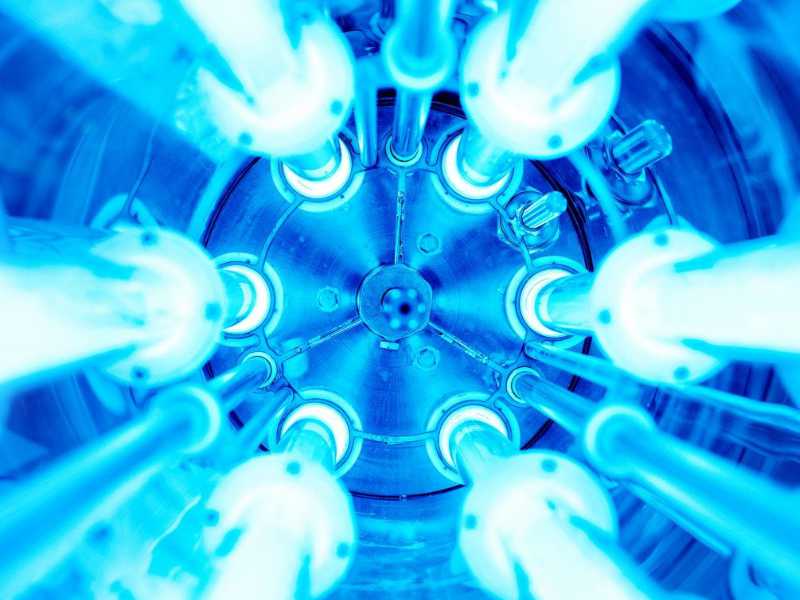UV Sterilisation
Ultraviolet sterilization is considered the safest and most prevalent form of water treatment method.


1. What is UV sterilisation?
Ultraviolet sterilization is considered the safest and most prevalent form of water treatment method. Ultraviolet is a form of light radiation that used to eradicate pathogens and organisms that are found in water, without changing the taste of the water, which has it, as the best to use when treating drinking water. Though the water may need to be treated before finally being sterilized by the ultraviolet light, no other chemicals are needed for this operation, saving operational costs, and producing water that will have no additives.
Some of the numerous benefits of using ultraviolet water sterilization are the water processed will have a longer shelf life and is healthier than other water treated in a separate way. The eco-friendly procedure leaves no after math with toxic chemicals or by products, this solely stays a great and sustainable form of water treatment.
2. How UV sterilisation works

The main parts in the Ultraviolet sterilization are the lamps that can emit the light ray found in the electromagnetic spectrum, though not visible, the light has heat properties, and it is the same heat we feel whenever we are in exposed to sunlight. The lamps are set to discharge a light at a specific wavelength that is known to be germicidal, this is set to the water for a set length and time, once the bacteria and microorganisms begin to absorb the light, this changes the structure of their genetic code, DNA and RNA as cell walls are destroyed, disabling the organism’s ability to replicate and function, meaning there will be no chance of it infecting any other organisms it will be in contact with.
This treatment of water by exposing it to ultraviolet rays of light stays an exceptionally effective and easy method guaranteed of destroying 99% of hazardous organisms and keeping the same distinct taste of water.
